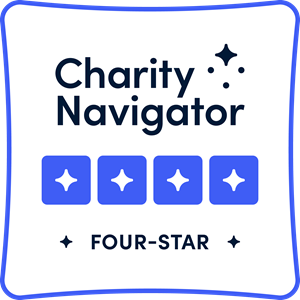Learning How to Tell Your Story
Fed Fellows get storytelling tips from Shalom Bayit’s Naomi Tucker
When a family member asks “How was work today?” how do you reply?
With much of our communication being done electronically these days, most people categorize this question as small talk, forgetting their real purpose at work, and in life.
At our June Fed Fellows meeting (a two-year leadership development program designed to attract, train and educate new and emerging leaders for the Jewish community), we were joined by Naomi Tucker, founding executive director at Shalom Bayit. Shalom Bayit is the “Bay Area’s center for domestic violence prevention and response within the Jewish community” and was created 25 years ago. With so many impactful programs led by this nonprofit, it became increasingly important for Naomi to frame their work in a way that captured the major issue facing our community, their mission, and their process to achieve it. A slightly different story is told to each stakeholder and audience, all while invoking a genuine passion for the work that Shalom Bayit does. As our Fed Fellows cohort continues to serve nonprofits and the community, we too are working to build our stories.
There are of course many ways to create a story. One way is to answer questions such as:
A. Value Proposition: What value do you bring?
B. Customer Segment: Know your audience.
C. Problem, Obstacle, Strategy: What is the problem? What are obstacles? How will you/your organization overcome these obstacles and solve the problem?
D. Genre: What is the tone of your story? Sad? Hopeful? Inspiring?
Another method to sharing your story is similar to setting up a play, in which Act I introduces the problem, Act II shows how a “hero” (or organization) overcomes obstacles, Act III explains how the “hero” develops its strategy, and Act IV presents the outcome or the change your hero has created.
One of the simplest methods to follow is what Naomi called “The Inspired Story”. Often times, when someone asks us the unavoidable question, “So, what do you do?” we begin with describing what, then how, and finally why. This method, as explained by Simon Sinek’s TED Talk, encourages us to share the why first. Why do we do our work? Why do we need the organization which we serve? Is there a need in our community? Does it impact a suffering community? Does it inspire positive change, social justice, or a call to action? Even our very brief elevator pitch can open with a purpose. It is often the most interesting, important, and influential aspect of what we do; not only at work, but in our daily lives. Sharing our purpose serves as a reminder for us that what we do every day is significant and powerful. This reminder alone sparks passion when simply chit-chatting about our work.
So, perhaps the next time you run into someone at the coffee shop, meet someone new through a friend, or join a colleague in the elevator and they ask the question “So, what do you do?”, practice telling the why first. Take the opportunity to express the value you bring to the community and the good you or your organization do. We each have a story to tell. Many times, it’s a matter of how we tell this story that lets our passion shine through.
Federation Fellows is a two-year leadership building program that develops the next generations of leaders for the Jewish community. Learn More

